While pockets of disagreement still linger in some quarters, climate change—and the science explaining it—is very real. And while fluctuations in seasonal weather are normal, the general trend toward a hotter planet is clear, evidenced by melting ice caps, dwindling glaciers, rising sea levels, and increasing incidences of extreme weather worldwide. Environmental scientists warn we are reaching a critical ‘point-of-no-return’ past which the everyday social and economic qualities of life we’ve become accustomed to in the developed world will no longer be possible.
While interest groups argue about how to respond to this existential threat, others are finding ways to acclimatize their communities to the changes that have already arrived, and to ready themselves for what’s to come. Real estate professionals, boards, and co-op and condo residents are all making changes in everything from how their buildings are insulated to how they generate or consume electrical power.
Urban vs. Suburban
Gautam Tarafdar is the United States Green Building Council’s (USGBC’s) Mid-Atlantic and New England regional director, and is at the forefront of planning for climate change. “The challenges of climate change for residential communities differ greatly based on location and whether it’s an urban or suburban community,” he says, “but at its core the conversation is about resilience planning. How do you create a space that is better able to prepare for, respond to, and recover from a catastrophic event, such as flooding, a hurricane, drought, wildfires, etc.? Green building strategies serve as the cornerstone for enhancing a building’s resilience. It’s a concept that more owners, developers, and investors are becoming aware of, because it helps these properties address climate risks that have potentially costly repercussions—but it’s also a way to improve their assets.”
One indicator of the real estate industry’s environmental concern is the Leadership in Energy and Environmental Design (LEED) program—an internationally recognized green building certification system that provides third-party verification that a building or community was designed and built using strategies aimed at improving performance across the energy and environmental metrics that matter most. These include energy and water conservation, CO2 emissions reduction, improved indoor air quality, stewardship of natural resources, and sensitivity to human impacts. Improving assets—and hence value—is really what good management and stewardship are all about. After all, what board member isn’t proud to say that improvements made under their watch helped to increase the value of the community and the individual units?
Tarafdar goes on to explain that resilience planning is key to helping buildings adapt to climate change. “In 2015, LEED introduced a series of resilient design credits in an effort to bring the issue to the forefront of project design,” he says. “In 2018, those credits were revised to improve effectiveness and reflect feedback.”
How Green Building Changes the Landscape
Heating and cooling are among the biggest expenses residential buildings incur—so an efficient system not only can reduce a building’s emissions while maintaining tenant comfort, but also can help lower operating costs. Condos and co-ops must consider upgrades and changes as part of a larger energy efficiency strategy in order to determine how these changes will have the greatest impact. Energy efficient options exist for HVAC, water heating systems, and lighting, but even if a building isn’t ready to invest in a major HVAC system upgrade, just changing all the lighting to LED would be a meaningful step. “There is no single solution to making a building sustainable,” says Tarafdar, “and that’s why LEED is so comprehensive. It’s a combination of decisions and a commitment to continually improve.”
Landscaping is another area where owners can find cost-saving opportunities, as well as make contributions to improve the environment and community around their building. By prioritizing green building strategies for landscaping, owners address issues like rainwater management, which is critical for buildings located in areas prone to droughts or flooding. Another big trend—particularly for urban residential buildings—is the green roof. Green roofs create outdoor space for residents, which can be difficult to access in cities, and provides important mental and physical health benefits. They can also be tools for rainwater collection and management, which can lower water use and help a building reduce its heat island effect, which keeps the building itself better insulated.
The exterior of buildings is also becoming a more important factor when considering the impact of climate change. Strong winds can easily displace segmented roof materials, creating dangerous windborne debris that can cause even more damage to the building itself, to its neighbors, and to passers-by. Building operations and maintenance managers can retrofit existing roof surfaces with watertight membranes and seal joints to better protect against high winds and heavy rain. Snow events can also be very dangerous and unpredictable, so managers should consider insulation and sealants around all wall and door penetrations to avoid frozen pipes and prevent them from bursting.
The Human Factor
Often the biggest question mark in any green strategy is simply… people. Human behavior is probably one of the hardest aspects of green building to influence. For residents, the easiest thing to do is incorporate smarter systems into their homes—low-flow water fixtures, LED lighting, etc.—that they don’t have to think much about, but that ultimately help them live more sustainably.
Another critical factor that has more to do with people than the physical plant is facility manager education and training. Buildings are designed to operate a certain way, and if a facility manager doesn’t receive necessary training on certain systems, you won’t get an optimal performance out of that system. The USGBC, International Facility Management Association (IFMA), and other organizations offer a number of training programs to help facility managers learn about green building principles and what they need to be on the lookout for to ensure their building is reaching optimal performance.
Susan Lauren is the principal of Lauren Design, a design firm located in New York, and had this to say about the current reality of green design: “The boards of high-rise co-op and condo buildings—which make up 90% of my clientele—don’t value green building the way developers of new construction do. While ‘green’ is a selling point for many new high-rise buildings, it is not the case for renovations and retrofits of existing buildings. About 10 years ago when green design first became fashionable, my clients asked about a green renovation. I was enthusiastic, but unfortunately, green building was more expensive. Since boards need to be fiscally responsible to their shareholders and residents, they elected to minimize costs instead of pursuing it.” She adds that in recent years, green design seems to have become less of a serious consideration overall, and that it’s not something she perceives a lot of interest in from her clients.
That said, a representative of the National Association of Women in Roofing (NAWR) mentions that there has been a big increase in New York City residential buildings looking to create accessible roofs for tenants. The coronavirus crisis has obviously ignited this to some degree in 2020, but the interest has also been prompted by environmental concerns and government incentives to improve roofs for sustainability. There are several factors at play here: First, two new local laws—Local Laws 92 and 94—require that the roofs of certain buildings be partially covered in green roof or solar photovoltaic electricity generating systems. By doing so, buildings can receive a tax benefit. The NAWR rep says she’s finding that NYC buildings are increasingly refinancing their underlying building mortgages to do this.
A second factor is that the environmental impacts of roofs are huge—and many co-op corporations and condo associations are rethinking their focus on roofs as pressure is increasing to maintain the best environmental standards. Proper design has become a much greater priority as well. Roof insulation is mandated by the New York City energy code, which requires certain buildings to adhere to specific standards; they can use bituminous materials, PBC membranes, rubberized membranes, etc., depending on their roof structure.
Looking Forward
For new developments, proactive design planning and construction are important to anticipate—and hopefully mitigate—the potential impacts of the inevitable severe weather events. Co-op and condo boards should also look at the site where their building is located, and create a landscaping plan that promotes healthy vegetation, soil, and drainage ecosystems, which are meaningful for any residence in a flood zone. Consistent and regular upkeep of maintenance is another critical component of resilience.
The fact is, our world is changing—and a dynamic real estate industry is responding to that change. “Resilience planning is about adaptation and mitigation in the era of climate change,” says Tarafdar. “Residents want to know that repairs and improvements are making their homes safer and contribute to environmental restoration and repair. The idea of a building being a vehicle for healing is where the future of green building is heading. At USGBC, we call this vision LEED Positive, and it’s guiding the future development of LEED. A building that is safe and functional in a changing climate will be more valuable.”
A J Sidransky is a staff writer/reporter for The Cooperator, and is a published novelist.



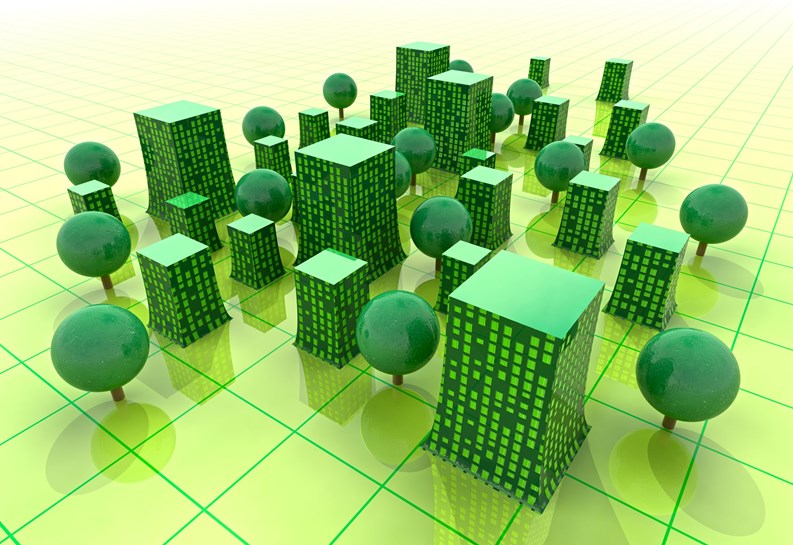
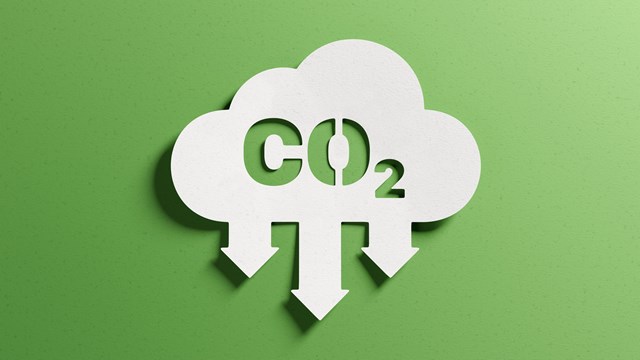

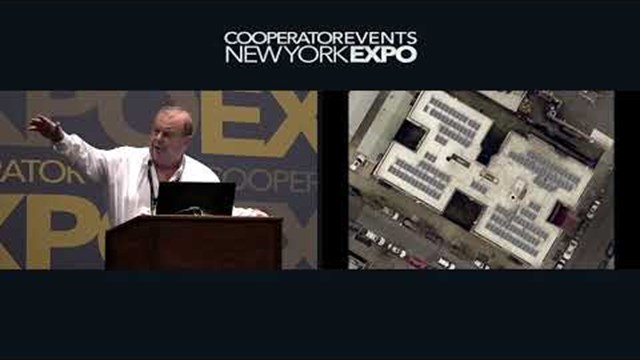
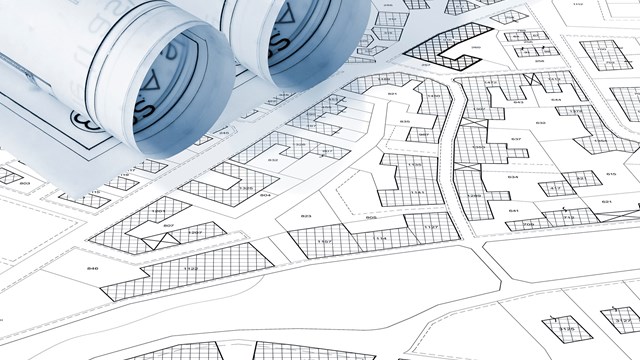
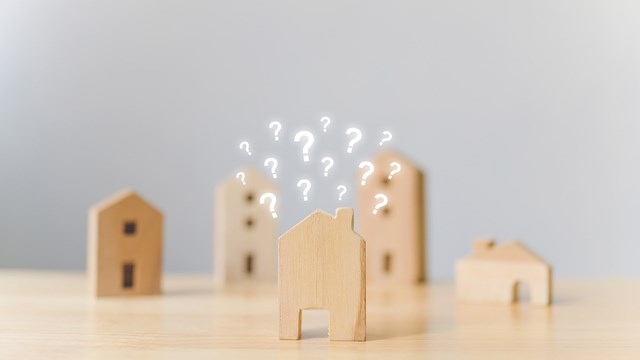

Leave a Comment